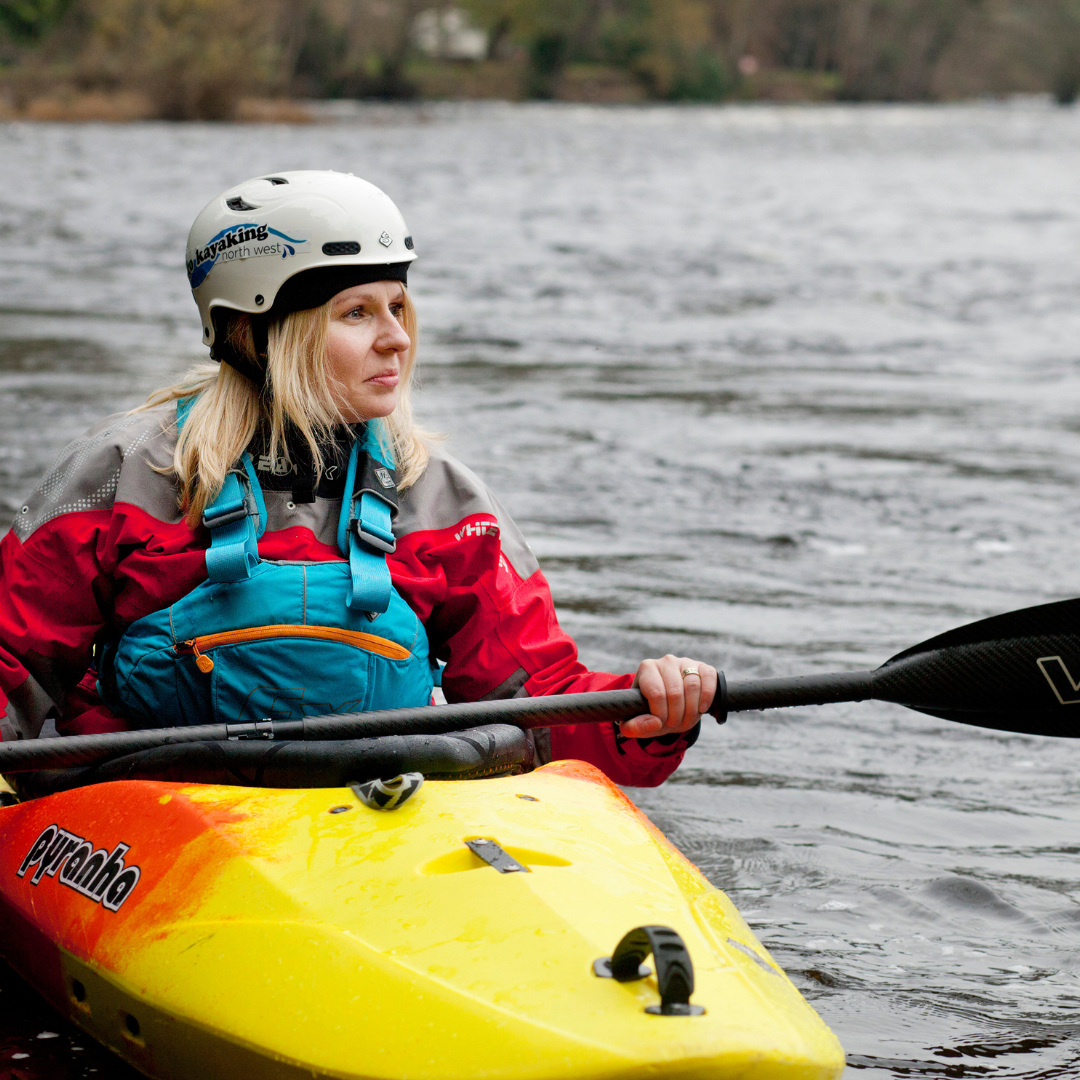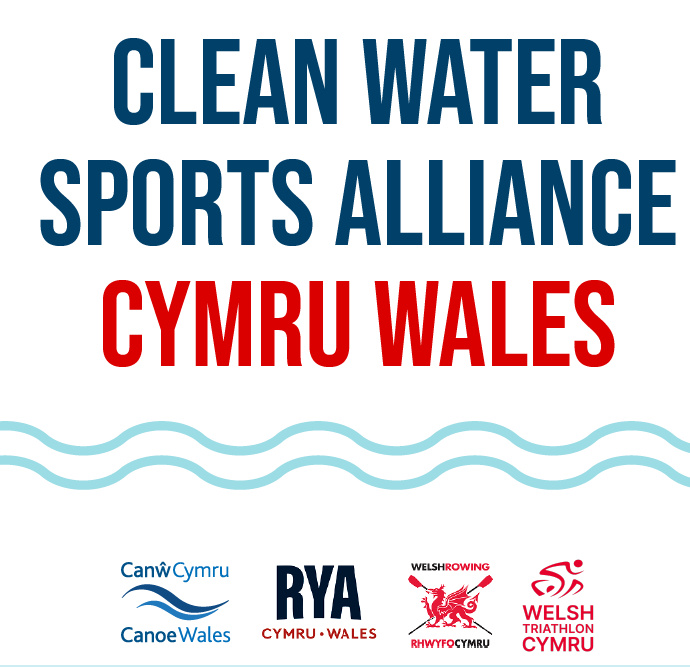Can I canoe, kayak or paddleboard on any river in Wales?
With the exception of the Lugg downstream from Presteigne, the Severn downstream from Pool Quay and the Wye downstream from Hay-on-Wye, there is no confirmed right of public navigation on non-tidal rivers in Wales. There is a difference of opinion on the legal position on rivers where public rights have not been confirmed. However, the law is clear that if you have to access the water via private land you will first need the land manager’s permission. The more popular touring rivers (Wye, Severn, Usk), have established, agreed access points and there are a number of guides that will help you plan your trip using these. A lot of riverbanks are privately owned or are protected habitats; to avoid trespassing or damaging sensitive sites only access the water by a public right of way (road, footpath etc). The same if you need to take a break; only get out where there is an agreed or public access point.
When you’re on the river follow the Canoeing Code to ensure you have a safe and enjoyable journey, and respect other people and the environment. And follow the Check, Clean, Dry guide to prevent the spread of invasive non-native species (INNS) and help protect our waterways.
If you want to see a list of our favourite touring rivers, keep reading as there are details below…
Is it safe to canoe, kayak and paddleboard on rivers?
With the right experience, skill and knowledge rivers can be a safe environment to paddle in. To make your river-based adventure as safe and enjoyable as possible:
- Know the river grade – is it suitable for your ability/experience?
- Know the river – are there hazards such as weirs or fallen trees?
- Check the river level – is it low or high, rising or falling?
- Check the weather forecast – is it going to rain and will it be windy?
- Check the conditions when you arrive – low or high, rising or falling?
- Wear an appropriate buoyancy aid or personal flotation device (PFD).
- Carry a means of calling for help (mobile phone in a waterproof pouch).
- If paddleboarding use a waist leash with quick release.
- Tell someone where you’re going (RYA SafeTrx is a handy tracking/safety app).
If in doubt – don’t go out!
What is a river ‘grade’?
From a paddlesport perspective rivers are graded from 1–6 according to how difficult they are. As the grade increases so does the skill and experience required to paddle them. Touring rivers are grade 1 and/or 2:
Grade 1: moving water with no rocks or hazards to avoid and no technical difficulties. There may be some ripples and waves that can wobble your paddlecraft a little, but nothing too challenging!
Grade 2: moving water that may include waves and stoppers that are easy to navigate, and eddies that you can catch your breath in!
For comparison a grade 3 river is moving water with distinctive waves, stoppers and sometimes even drops. There may also be obstacles such as rocks and paddlers will need the skills to manoeuvre around these and through any rapids.
You can see a complete run down of all the grades here.
What hazards should I look out for on the river?
There are a number of river ‘features’ that can cause problems for paddlers e.g. weirs, trees, jetties etc. Weirs can present a serious hazard to paddlers and can be extremely dangerous. They are designed to slow the flow of water, and most of that flow is caught in a recirculation (stopper) at the base of the weir. The stopper can be powerful enough to hold and even drown paddlers. And, as most of the recirculation is below the surface of the water, weirs can look deceptively calm. Some weirs have chutes on them for paddlecraft. If you are not sure if a weir is safe for paddlecraft or has a chute, then give it a wide berth – most are easy to portage (carry) around. For more information on weirs take a look at this video by British Canoeing.
Other potential hazards to watch out for are jetties/pontoons, moored boats and any other fixed floating objects. The current can flow swiftly toward and under these, pushing paddlecraft and paddlers under them. Trees and debris in the river are a common hazard; they can form strainers which allow water to flow through but which will trap paddlecraft and paddlers. Give all of these a wide berth!
Some of the more popular touring rivers have online or printed guides which include details of weirs and other river hazards. However, it’s always worth checking conditions with local paddlers, clubs or paddlesport shops. They will usually know about fallen trees etc.
One other ‘hazard’ to be aware of is the wind. If the river is open and exposed wind can make paddling virtually impossible (it only takes around 12mph of headwind to cause problems). Check the forecast before you head out and check the conditions again when you arrive.
The MetOffice is the go-to place for weather forecasts and includes wind direction and speed. If you prefer something a little more visual, Windy.tv is a great secondary resource; it shows live (and forecast) wind direction and speed on a map, so it’s easy to see the wind direction and how it will change during the day. Both of these are also available as apps for iOS and Android.
What about the river ‘level? How much water does there need to be?
As a rule of thumb – enough so you can float and paddle without disturbing the riverbed, but not so much that you can’t control your paddlecraft! At lower levels the flow will be slower, with fewer currents. However, at very low levels, when your paddlecraft is scraping along the riverbed, it can damage highly sensitive habitats and breeding grounds. At higher levels the water can be very powerful and create dangerous features that can easily capsize a paddlecraft and hold a swimmer. High levels are best avoided unless you’re very experienced and know the river. If there has been heavy rain, or heavy rain is forecast, check the level and whether it is rising or falling. River levels can change really quickly so know the forecast before you set out and plan your trip accordingly.
The Rainchasers app is an interactive map showing most rivers in Wales. It shows their grade (difficulty) along with a short description and launch/takeout options. Combine this with RiverApp which shows real-time river levels (along with the grade).
When you arrive at the river check the levels again; if it looks too challenging don’t get on.
Can I canoe, kayak and paddleboard on estuaries?
Yes, you are legally entitled to paddle below the ‘tidal limit’ on a river. However, you should only get in/out where there is agreed or public access (most banks will be privately owned). If you need to take a break you can get out below the high tide mark on the riverbank (but this can be muddy and soft!). Estuaries are great for paddle trips, however, you need to know (and understand) the tidal movement and times, so you don’t end up paddling against the tide, getting carried out to sea or end up stuck high and dry on a sand bar! Check out our blog on sea safety for more details on tides, or our estuary Paddling Guides (details below).
What equipment do I need?
A ‘river-ready’ paddlecraft is essential! If you’re not sure whether your paddlecraft is designed for rivers, check the manufacturer’s recommendations (usually available online). For hard-hulled (plastic/composite) boats check that the hull is intact (no cracks or holes), that the fittings are secure (seats, grab handles etc.) and the plastic isn’t brittle/UV-damaged. For inflatables check the board/kayak is rigid when pumped, has no leaks and any attachment points are secure.
A buoyancy aid or personal flotation device (PFD) is essential, whether you’re paddling a canoe, kayak or paddleboard. Ideally one that has been designed specifically for paddlesports (easier to paddle and swim in).
For paddleboards a leash is also essential, so you don’t become separated from your board if you fall off. On rivers or tidal waters this should be a waist leash; it can be virtually impossible to reach and release an ankle or calf leash if snagged on jetties, trees, rocks etc. in moving water/tidal flow.
Another essential bit of kit is a way of calling for help; a mobile phone in a waterproof pouch is perfect. This should be carried on you (buoyancy aid pocket), not on your boat/board (in case you get separated from your boat/board).
You’ll also need clothing for the weather (consider carrying spares in a dry bag), water, food, and sunscreen (fingers crossed you need it!).
If you’re paddling on a shallow or rocky river it’s worth wearing a helmet (one that has been designed for canoeing and whitewater sports).
Which are the best rivers and estuaries to canoe, kayak and paddleboard on in Wales?
There are some classic touring rivers in Wales including the Wye, Usk and Severn.
The Wye below Llyswen is one of the most popular touring rivers in Wales/England and is great for a few hours or a few days (there are riverside campsites and pubs). From Hay-on-Wye to Bigsweir Bridge there is a Public Right of Navigation and from Bigsweir Bridge to the Severn Estuary is tidal. The Environment Agency has produced the Canoeist’s Guide to the Wye. It’s a handy guide but not doesn’t have the most up-to-date info on river issues/hazards, so it’s worth getting some local info too.
The Usk has the Beacons Water Trail, created by the Brecon Beacons National Park and Brecon Canoe Club specifically for canoe touring. It includes a circular trip that starts and finishes in Brecon (down the river and then back up the canal!).
The Severn has Public Right of Navigation from Pool Quay to Stourport. The Environment Agency has produced the Canoeist’s Guide to the Severn, which is good but not the most up-to-date, so it’s worth getting some local info too. There’s also the Severn Trail that runs from Llandrinio to Arley.
We have also produced Paddling Trails for two estuaries; the Mawddach and the Teifi. These are free downloads packed with all the info you need to get on the water; launch points, distances, accessibility, parking, facilities and local info. Plus a map and downloadable GPX file. You can download them here.
I’d like to build my river skills and confidence, are there any groups I can join or courses I can go on?
Yes! If you’d like to join a group, canoe clubs are fantastic portal into the world of paddlesport. They usually have kit you can hire/borrow, run regular coaching sessions and trips, and are generally a fun and friendly bunch of people! Find your nearest club here.
If it’s a course you’re after the British Canoeing award scheme has them for all abilities, paddlecraft and waterways. They are certified, which is great if you want to prove your skills if you’re hiring kit or joining an organised trip. Alternatively, you could arrange a private coaching session – we’d recommend using a certified Training Provider – you can find one near you here.
Some great courses are:
Paddle Safer (2 hours – all paddlecraft)
Paddle Discover and Paddle Explorer awards (1–2 days – all paddlecraft)
SUP Safer (4 hours – paddleboards)
SUP Sheltered Water award (1–2 days – paddleboards)
Touring Award (2– 3 days – all paddlecraft)
To find out about courses in Wales visit the Canoe Wales website or contact the Coaching and Development manager coaching@canoewales.com
If you do head out remember:
Floatation – use a buoyancy aid or PFD (and waist leash on a paddleboard).
Location – know the grade and river level, and check for river hazards.
Navigation – where is the get-on/get-out? Is the get-out easy to spot?
Communication – take a method of calling for help, tell someone where you’re going.
Education – do a course or some online learning.











